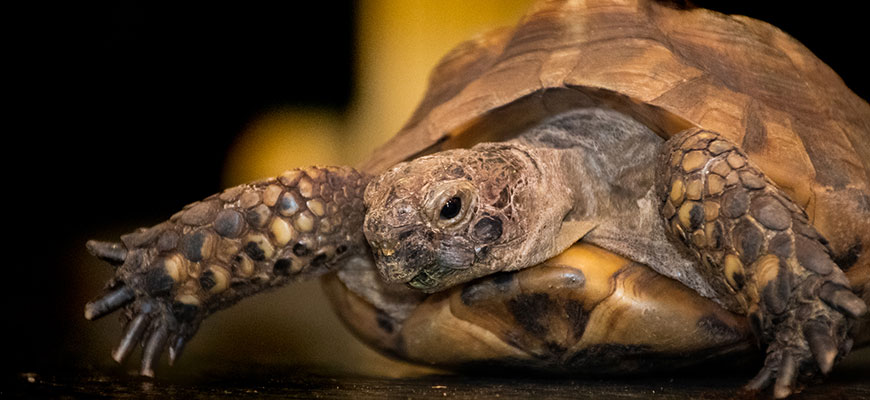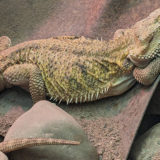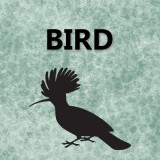RANGE
Mediterranean; primarily the islands of the Mediterranean, Greece, Turkey and former Yugoslavia.
HABITAT
Semi-arid scrub and Mediterranean forest to semi-desert regions.
SIZE
Length of shell: 10 – 125 cm
LIFE EXPECTANCY
Wild: Unknown
Captivity: Can surpass 100 years.
REPRODUCTION
- Males may have concave shell.
- Gestation period from 30 days to 3 years.
- Female may dig several trial nests before finally depositing eggs.
- Clutches are between 5 – 10 eggs.
- Eggs need to be kept between 80 – 85 degrees Fahrenheit in order to mature.
- Eggs will hatch between 8 and 12 weeks.
- The sex of the eggs is determined by incubation temperatures. At lower temperatures, the hatchlings will be male, at higher temperatures the hatchlings will be female. Average temperatures will produce mixed clutches.
DIET
Wild: Plants.
Captivity: Diet of mixed greens, vegetables and vitamin supplement.
BEHAVIOR
- Terrestrial.
- Have horny beaks that they use to eat tough plant material.
- Will hibernate during periods of extreme cold and/or estivate during periods of extreme heat.
STATUS
Endangered due to the pet trade.
POINTS OF INTEREST
- Both sexes have a spur on either side of the tail; males can be recognized by their longer, narrower, more pointed tail.
- Has a hinged carapace (shell) that can be lowered over the hindquarters.
REFERENCES





